Economic Growth in Azerbaijan Has Opportunities for Transition to a Higher Trajectory Vusal Gasimli
Entering the post-conflict and post-coronavirus period, the economy of Azerbaijan, under the leadership of President Ilham Aliyev, has the potential to move to a trajectory of rapid growth. Executive Director of the Center for Analysis of Economic Reforms and Communication, Doctor of Economics Vusal Gasimli answered questions about the prospects of economic growth in Azerbaijan.
- How do you assess the prospects of the Azerbaijani economy in the post-conflict and post-coronavirus period?
- The interesting part of the coronavirus crisis was that, compared to all previous economic crises in world history, it resolved relatively quickly. However, as Schumpeter said, “creative destruction” did not happen. The world economic growth rates are declining, inflation is weakening, inequality is growing, and structural improvements in the economy are negligible. The fact is that the coronavirus crisis was not an economic but a medical threat, which then led to a pandemic and crisis. Meanwhile, the economic recovery will take place in 2021-2022, but the transition to a trajectory of high growth rates is not predicted yet. The models of governance in the world have split in three directions: totalitarian digital dictatorship, social welfare state 3.0, and quasi-state digital systems. As Keynes said, in the “impossible trinity”, countries chose among three targets: freedom, efficiency, and justice. As described by Acemoglu and Robinson, a line of development along a “narrow corridor” is determined between the state and society. During this period, Azerbaijan has been successfully implementing the process of state and nation-building under the leadership of President Ilham Aliyev through the "second-best institutions" mentioned by Nobel laureate Dani Rodrik. In particular, the restoration of territorial integrity, the implementation of the final stage in the fight against coronavirus - to become one of the first countries implementing vaccination, ensuring macroeconomic and socio-political stability at low oil prices, and the definition of a new regional geopolitical and geo-economic architecture can be attributed to the management of the prominent statesman Ilham Aliyev. President Ilham Aliyev is a leader who can turn every challenge into an opportunity.
The unrest now seen in Western democracies is clearly explained in Gareth Johnson's book "10 Percent Less Democracy", and in fact, the best outcome is to build an optimal government. Since President Ilham Aliyev was able to form optimal governance in Azerbaijan, we could turn 2020, considered the most crisis-ridden year since the Great Depression, into an opportunity. The successful work of the First Vice President, especially the addition of a social pattern to the market model in Azerbaijan, is important for social agreement and harmony.
In Japanese philosophy, according to the “kintsugi” – “golden joinery” notion, broken pottery is repaired in such a way and taste that the remaining traces of breakage reflect not the end of restored item’s life but its continuation. Although the challenges we faced in 2020 left traces in our lives, in new realities our development as a state and nation is provided at a higher level.
- The growth of the money supply in Azerbaijan is successful in serving the goals set by the state. However, on the other hand, other countries have a “liquidity trap” that manifests itself in such circumstances. How does Azerbaijan ensure its development without falling into a “liquidity trap”?
- Monetary easing, which began in Azerbaijan in 2018, indicates that we did not fall into the liquidity trap. Although, since 2018, the money supply has grown by more than 50 percent, the average interest rate on new loans in manats has also decreased by 5.5 percent. Risks that increased in the real sector under the influence of the pandemic limited further interest rate cuts. Due to the growth of the money supply, interest rates have decreased. Therefore, it is too early to talk about a "liquidity trap" that arises if the growth of the money supply cannot reduce interest rates, and economic growth slows down.
Also, the non-oil industry, the agricultural sector, and information and communication services in our country are growing mainly due to productivity. It means that the growth of the money supply supports the growth of productivity areas. From 2021, upon recovery of economic growth, money supply growth should be directed towards increasing productivity. Growth with low productivity is short-term: such growth stops as soon as government support stops. As Professor Hausman from the United States said, we should not be content with “picking the low hanging fruit,” but should move towards developing more productive areas.
To manage liquidity, the Central Bank uses deposit auctions, placement of promissory notes, duration of the sterilization portfolio, and other instruments. This year, the main goals are to strengthen the transmission effect of monetary policy, revitalize the money market, and maintain the formation of the profit curve. The profit curve shows the state and prospects of the economy; the uptrend of the curve projects economic growth, and the downtrend - vice versa.
We should always bear in mind that soft monetary policy can be accompanied by low inflation up to a certain level. After crossing the red line, monetary expansion can not only threaten macroeconomic stability but also contribute to inequality in society by increasing the value of assets. For this reason, anti-cyclical policies require that, as economic growth resumes, the government, as the source of investment, and the Central Bank, as the issuer of money, slow down expansion. In all cases, the money supply alone is not enough to support economic growth. Institutional improvements, market access, and human capital development are needed. To meet the calls of the fourth industrial revolution, and to achieve the use of bio, digital, and physical technologies, Mr. President created a corresponding legal entity of public law. For sustainable and high-quality economic growth, Azerbaijan, as Klaus Schwab noted, must be ready for a "big reset".
- Does the banking sector in Azerbaijan have the potential to support economic growth?
- The banking sector of Azerbaijan has sufficient amount of money: the volume of liquid assets is 9 billion manats, which is twice the standard of the quick liquidity ratio. Also, the capital adequacy of banks is sufficient to cover losses. Currently, the main goal is to channel liquidity to restore economic growth. For mitigating risks in the real sector, the government needs to apply mechanisms such as loan guarantees, credit insurance, and loan subsidies widely. State institutions such as the Mortgage and Credit Guarantee Fund, the Entrepreneurship Development Fund, the Innovation Agency, and the Agricultural Credit and Development Agency ease the risks of banks in the real sector by providing subsidies, guarantees and soft loans. However, to reduce these risks to a level that does not impede economic growth, it will be advisable to continue structural reforms and increase financial depth and inclusiveness. Besides, banks are not the only structures financing economic growth. In world practice, the securities market plays a significant role in attracting funds to the real sector.
Against the background of fiscal expansion in Azerbaijan, the trend of money supply growth will continue. For example, the state budget expenditures for 2021 amount to 28.5 billion manats, which, compared with the actual execution in 2019, is 16.9 percent more and 5.9 percent more than in 2020. Here, I should note that on the one hand, because of a slowdown in inflation and a decrease in GDP, and on the other, due to an increase in the money supply in manats, the circulation rate of the manat fell below 4. Fiscal expansion determines the contours of monetary policy and justifies the growth of the money supply. As part of the enhanced government, the Central Bank increases the money supply in manats by issuing new loans and receiving foreign exchange from the market. At the same time, the government increases the money supply at the expense of the state budget deficit. For interest rates to fall in line with the increase in the money supply, risks in the real sector must also be decreased to reduce banks' risk aversion. In this case, the money multiplier in Azerbaijan, that is, the ability of banks to create money will also increase, and the real sector will expand. In short, the current macroeconomic stability in Azerbaijan, liquidity opportunities, fiscal space, and transport and logistics network create the basis for the transition of economic growth to a high trajectory.
- Comparing with the world countries, what are the opportunities in Azerbaijan in the field of financing the real sector?
- Comparing Azerbaijan with Europe and Central Asia (excluding high-income countries) in terms of the ratio of local loans to the private sector to GDP, we see that our country has the opportunity to double this indicator. Along with traditional banking, Azerbaijan can broadly apply digital banking and e-lending platforms. Also, coming to the ratio of the market capitalization of local markets to GDP, Azerbaijan has great potential to reach the level of Europe and Central Asia (excluding high-income countries) of 27.8 percent. In general, both the banking sector and the securities market can increase financing of the real sector for several times. In 2019, the ratio of total accumulation to GDP in Azerbaijan was 29 percent. Thus, for this indicator, Azerbaijan exceeded Europe and Central Asia (excluding countries with high profits) with 26 percent, as well as the world average of 25 percent. According to the approach of such famous scientists as Harrod, Domar, Solow, and others, turning savings into investments, Azerbaijan can accelerate its economic growth. In particular, there is a need for billions of dollars in investments for implementing construction work in Karabakh, ensuring its economic revival, and filling with life. Balance of payments analysis shows that our residents continue to invest abroad. In the current situation, Karabakh will attract investments like a magnet. Benefits and incentives provided by the Azerbaijani government within the framework of the Karabakh development strategy will increase the profitability of investment in this region. Economists such as Gutierrez and Solimano believe that if a country has access to external financial markets, it can turn external accumulation into internal investment. Considering that the soft monetary policy has increased the liquidity in the world, at the moment it is important to have favorable conditions for attracting investments. In particular, taking into account the mood and atmosphere in Azerbaijan after the Patriotic War, the opportunities for attracting investments from Turkey, Pakistan, Italy, Hungary, Israel, and other countries, as well as from the Azerbaijani diaspora, have increased.
- Besides supporting economic growth, fiscal sustainability is also an important issue. How can you assess the prospects for fiscal sustainability in Azerbaijan?
- Both fiscal and monetary policies aim to balance stability and economic growth. To accelerate economic growth, fiscal incentives must be assessed in terms of fiscal sustainability. Along with that, debt sustainability, the sustainability of the pension system and health care, the sustainability of the tax system, and the sustainability of the budget system require fiscal stimuli to accelerate economic growth. In line to double the economy over the next 10 years, the annual growth rate should be doubled, to an average of 7.2 percent. Only sustainable economic growth is the fundamental basis for financial stability and macroeconomic stability. That is, fiscal incentives accelerate economic growth while keeping risks at satisfactory levels, the “fiscal space” expands. Since 2013, the fiscal multiplier has been decreasing in Azerbaijan, which increases the need for non-state investment in economic growth. The reintegration of Karabakh can have a positive effect on the fiscal multiplier; however, in all cases, the drivers of economic growth should be non-state investments. The “Karabakh Revival Fund” can be shown as an example.
The instructions given by President Ilham Aliyev at the last meeting on the efficiency of budget expenditures, as well as the potential in the field of mobilizing and borrowing state revenues, testify to the large scale of the "fiscal space" in Azerbaijan. In the current situation, the "fiscal space" in Azerbaijan allows to control and manage risks. However, fiscal reforms will need a longer period for implementation. While Azerbaijan's governance performance has improved in EBRD reports for countries with economies in transition, further improvements in fiscal institutions, including improvements in debt strategy, fiscal rules, medium-term cost frameworks, and results-based budgeting, all in line with the lessons of the coronavirus crisis are important.
- What other methods, besides fiscal and monetary policy, are used to accelerate economic growth?
- Along with fiscal and monetary policies, improving the business environment, government incentives, Azerbaijan's participation in regional projects, access to markets are significant to maintaining economic growth. Beside them, trust is much more important. In the new geo-economic reality created by Azerbaijan, the opening of regional communication and the reintegration of Karabakh can accelerate economic growth in our country. According to the Doing Business report, Azerbaijan, which is among the top 10 reformist countries, continues to carry out business reforms in foreign trade, investment, competition, regulation, and corporate governance in state-owned enterprises.
French scientists Pierre Cahuc and Yann Algan calculated that economic growth depends on people's trust in each other and society. It was found out that Sweden ranks first in terms of trust, and having such a level of trust, per capita income in England would increase by 7 percent, in Germany - by 9 percent, and in Russia - by 69 percent. According to Coase's theorem, distrust in society also increases transaction costs and pulls the economy backward. As in all states, in Azerbaijan, faith and trust are also considered as resources. After achieving victory in Karabakh, parallel to implementing reforms in Azerbaijan, it will be expedient to create narratives based on trust and faith and capable of promoting business and attracting investment. Even Alexander Dumas noted that in Azerbaijan, the word of a man is above any contract. In the modern digital era, information stored through the cloud increases trust. Also, it is of utmost importance that business also has confidence in institutions, people, and society as a whole. High confidence can lead to business stimulation and economic growth. The arrival of transnational corporations in Azerbaijan in the late 90s of the last century and their investments, estimated at billions of dollars, were the result of trust in the national leader Heydar Aliyev and his charisma.
Today, trust in the personality of President Ilham Aliyev and his word, along with trust in the business environment and institutions, is a potential opportunity for our development.
Bütün xəbərlər Facebook səhifəmizdə


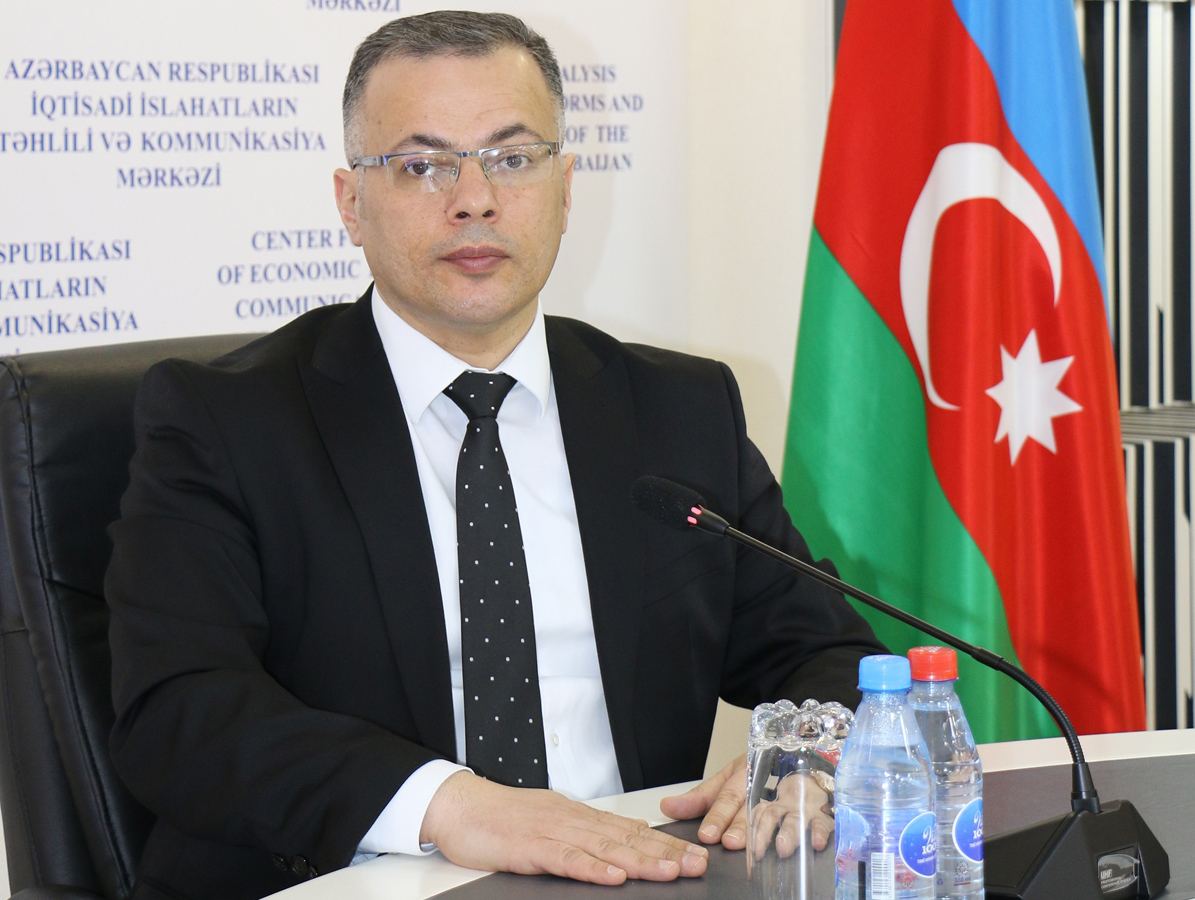

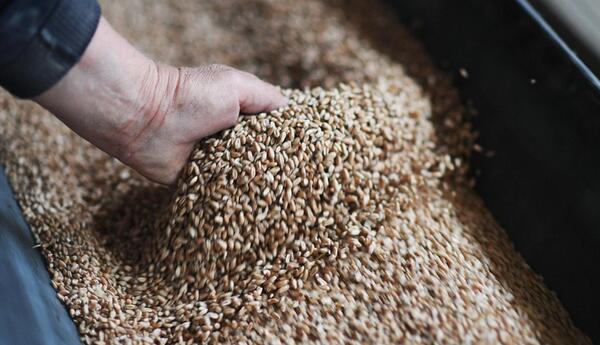

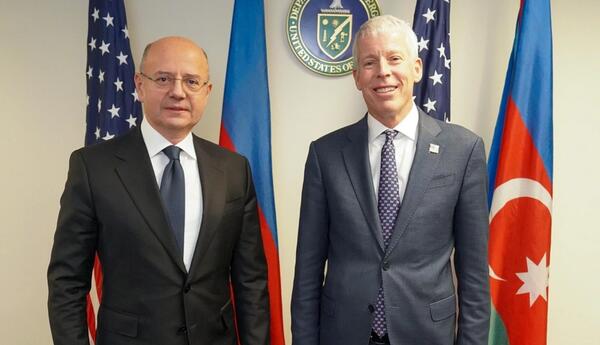
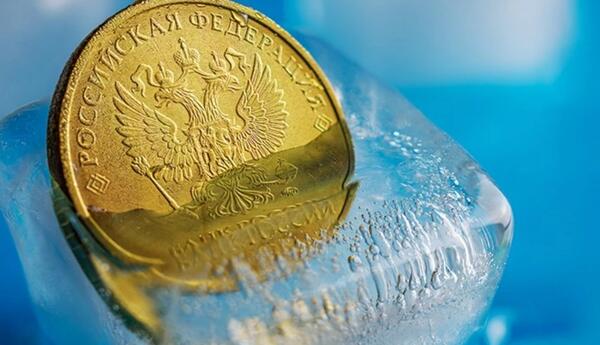
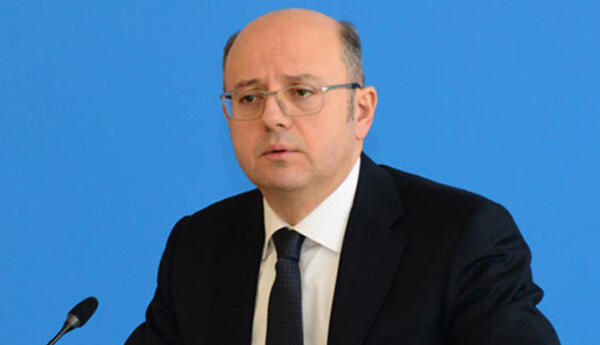
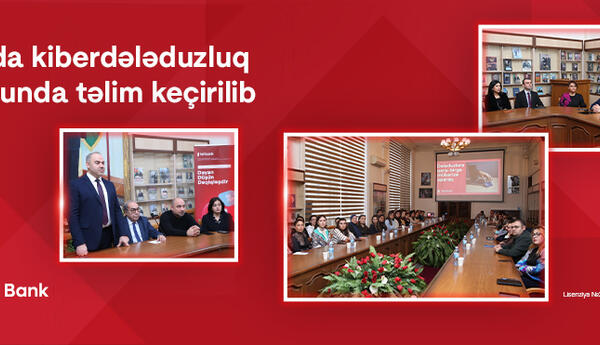




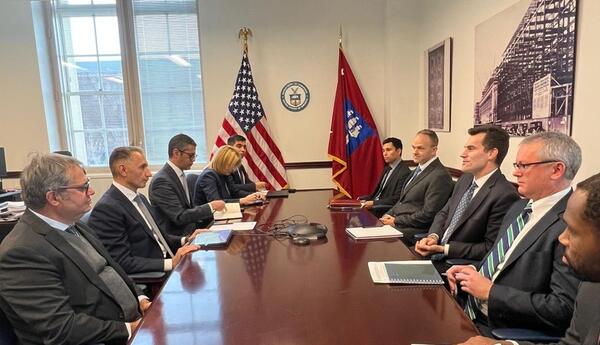
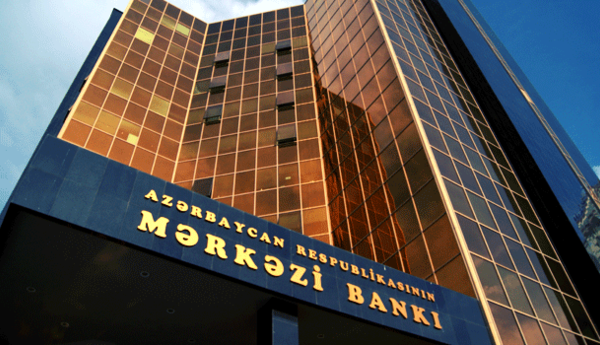




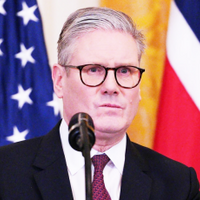
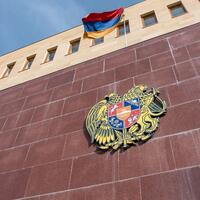
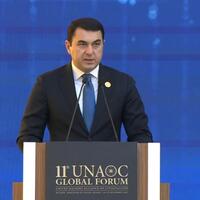




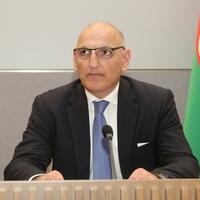
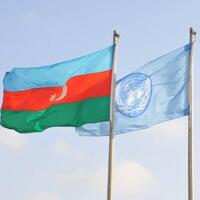
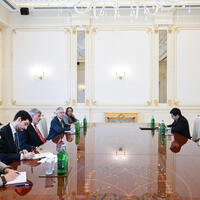
 USD
USD
 EUR
EUR
 GBP
GBP RUB
RUB